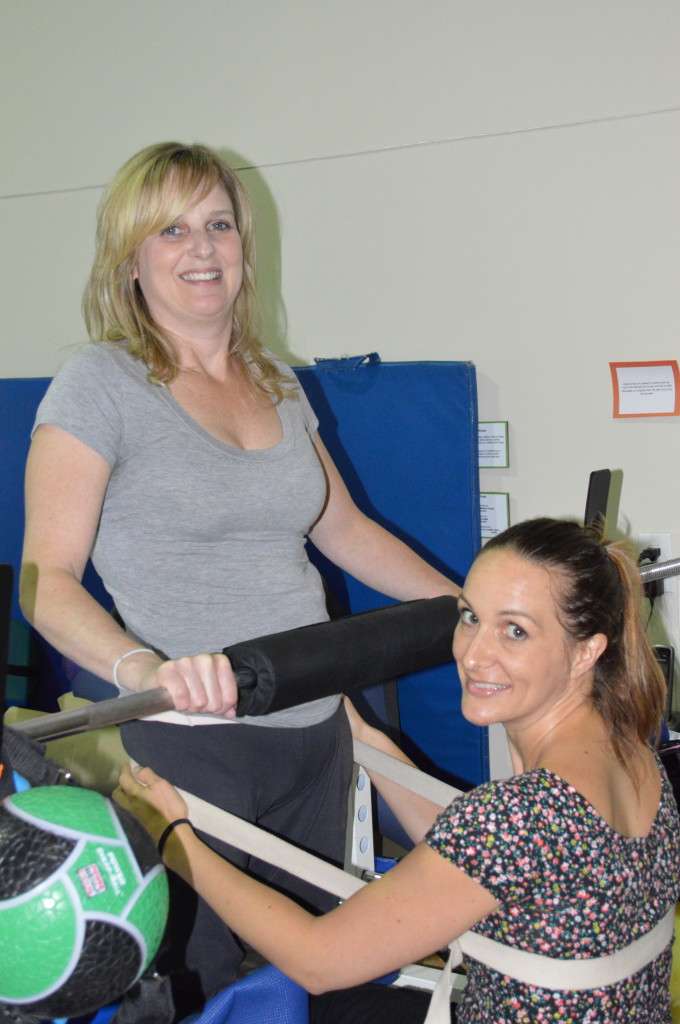In our last blog post, we talked about the potential complications of immobility for those with spinal cord injuries (SCIs). In this blog post, we’ll elaborate on issues such as decreased bone mineral density (BMD) and the potential for joint contractures (joint immobility).
Bone Mineral Density
In a healthy individual, the body goes through a cycle of reabsorbing minerals from the bones to use (or in a sense, borrow) for other bodily functions and processes to keep the body in homeostasis (regulating properly). The body then replaces the minerals, adding them back to the bone. At about the age of 30, bone density starts to slowly decrease, as the body reabsorbs the minerals faster than it can be replaced in the bone. There are other factors that may speed bone density loss, such as:
- disease,
- medication,
- poor dietary intake (including excess of alcohol and carbonated beverages) and,
- lack of exercise.
Continual bone mineral loss can lead to osteopenia and osteoporosis. Osteopenia is when bone mineral density (BMD) is lower than normal peak BMD, Osteoporosis is a condition where bones are classified as weak, and have an increased risk for fractures.
Those who have had a Spinal Cord Injury (SCI) can start seeing a BMD loss as early as 6 weeks post SCI with an average BMD loss of 30-40%. Eighty percent of SCI will develop osteopenia or osteoporosis. There are many causes, increasing the risk in the SCI population. Scientists are just beginning to gather the information to determine to what extent each of the following plays in this disease.
Causes of Osteoporosis in SCIs 1:
- Disuse of the paralyzed limbs
- Disordered regulation of vein/arteries, where bones are not receiving optimal nutrients
- Autonomic dysregulation or the imbalance of neural input and output
- Hormonal Alterations-Testosterone, PTH, glucocorticoids, calcitonin
- Metabolic disturbances
- Poor nutritional status
We cannot control all of these factors. Along with the team of doctors and therapists, Walk It Off provides a portion of the requirements for the individual’s recovery and health maintenance. We attempt this through exercise.
Bone is living tissue that responds to exercise by becoming stronger.
Load bearing and the muscles pulling on the bone cause a communication between the cells by signaling certain cells (osteoblasts) to build new bone and stopping other cells (osteoclasts) from breaking down bone. In the individual with an SCI, the osteoclasts are not “turned off”. We attempt to interrupt this process with active-free-standing as part of our exercise program.
We go beyond propping an individual up by encouraging the client to stand with guided assistance and support (as seen in the image above). While standing, we work on exercises that promote balance and good posture. We initiate muscle activity by performing weight transfers, mini-squats and through external stimulation from the trainer and/or a vibratiing standing platform. This active free standing takes the individual through repetitive normal joint range-of-motion to assist with reducing joint contractures.
In our next blog in this series on immobility, we will continue to further discuss the following potential complications and the benefit of standing.
- Impaired respiratory functioning
- Impaired bowel and bladder functioning
- Gastro-Intestinal problems
- Risk of Pressure Ulcers
- Increased pain
- Increased risk of depression
We’d love your feedback. Feel free to leave a link back to your own blog too if you have one via the commentluv feature here on the site.
Until next time,
Heather




Leave a Reply
Want to join the discussion?Feel free to contribute!